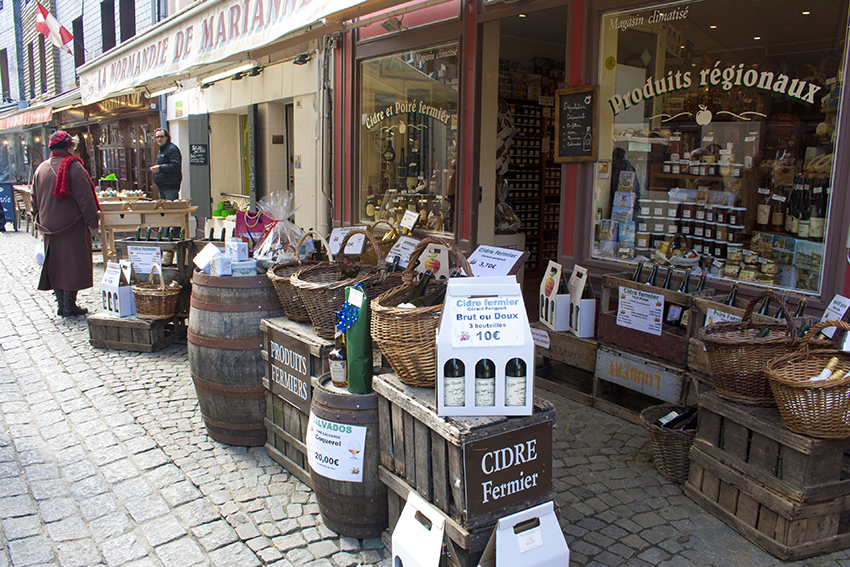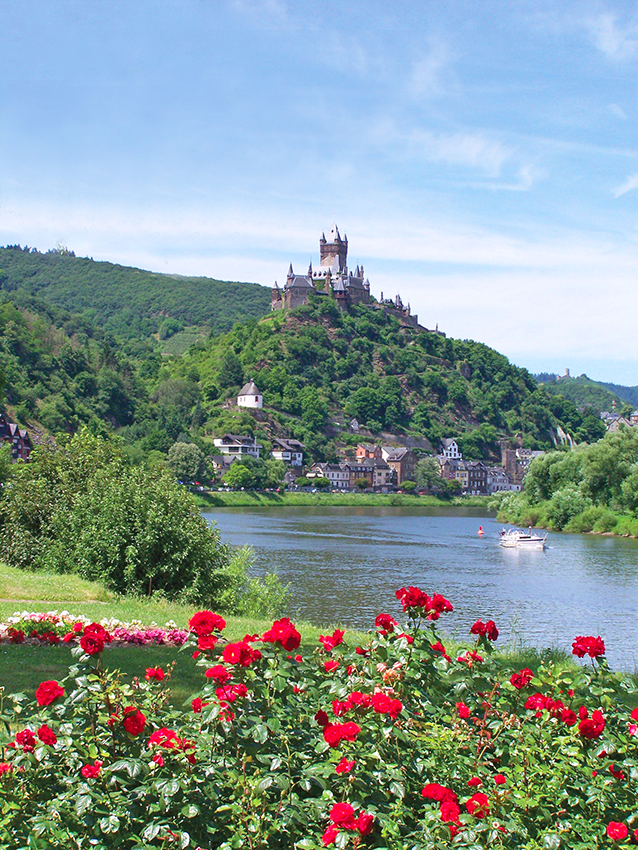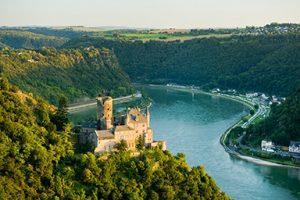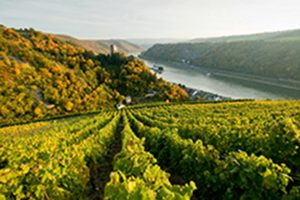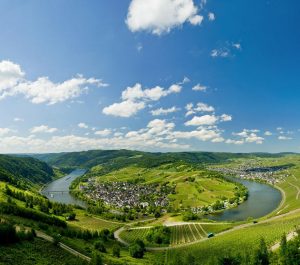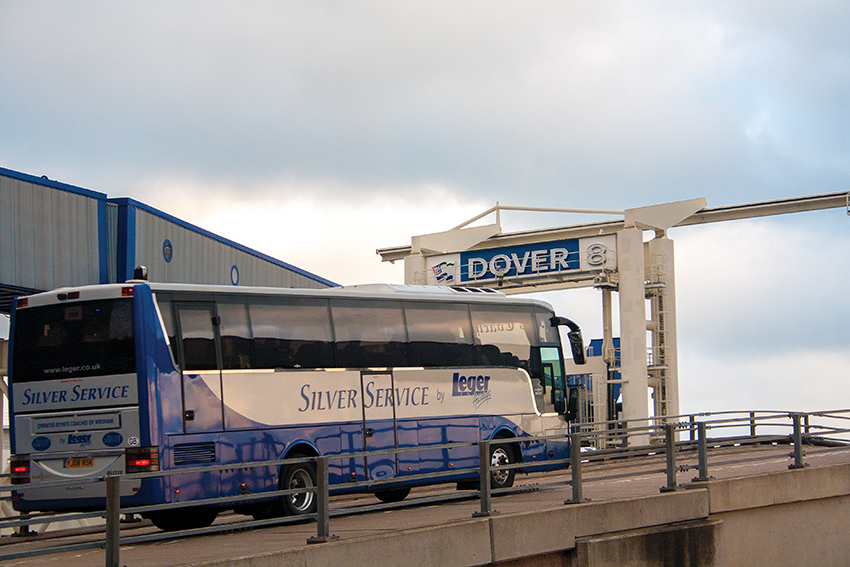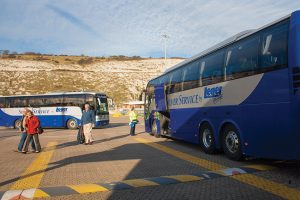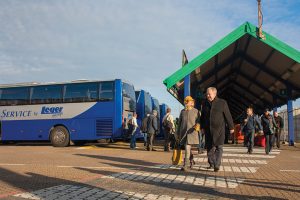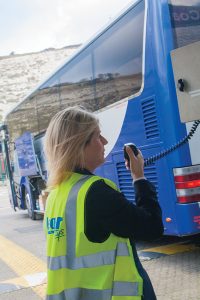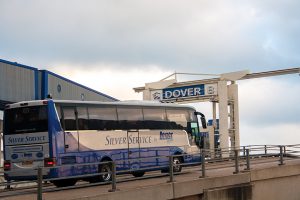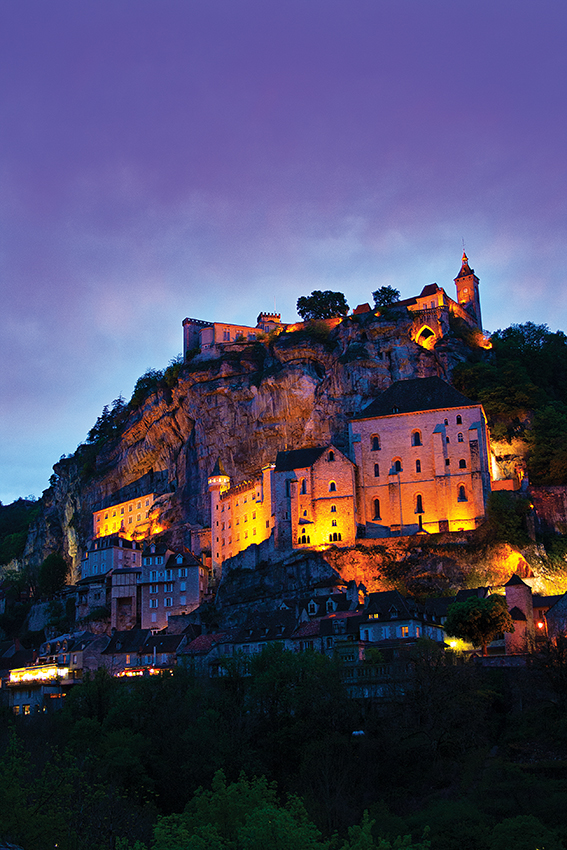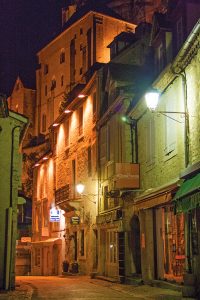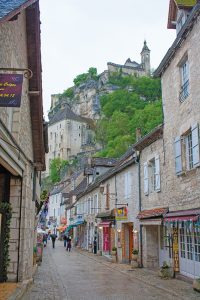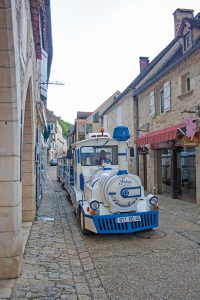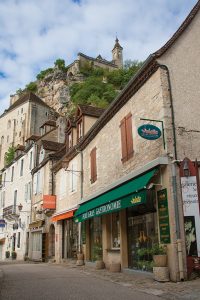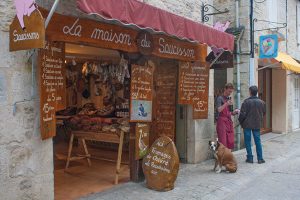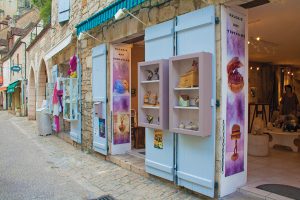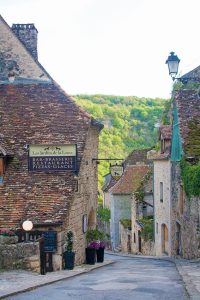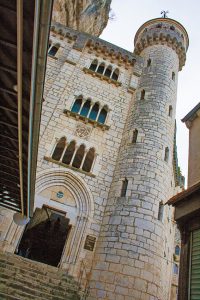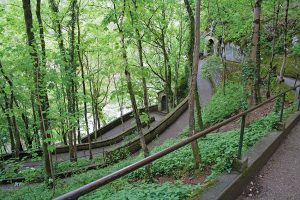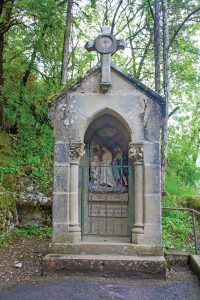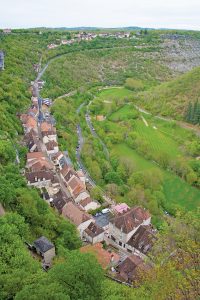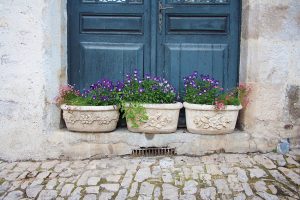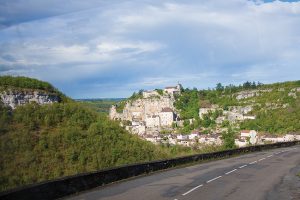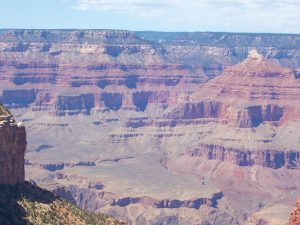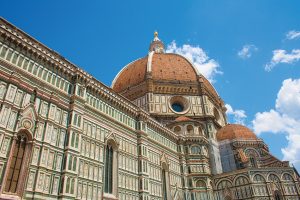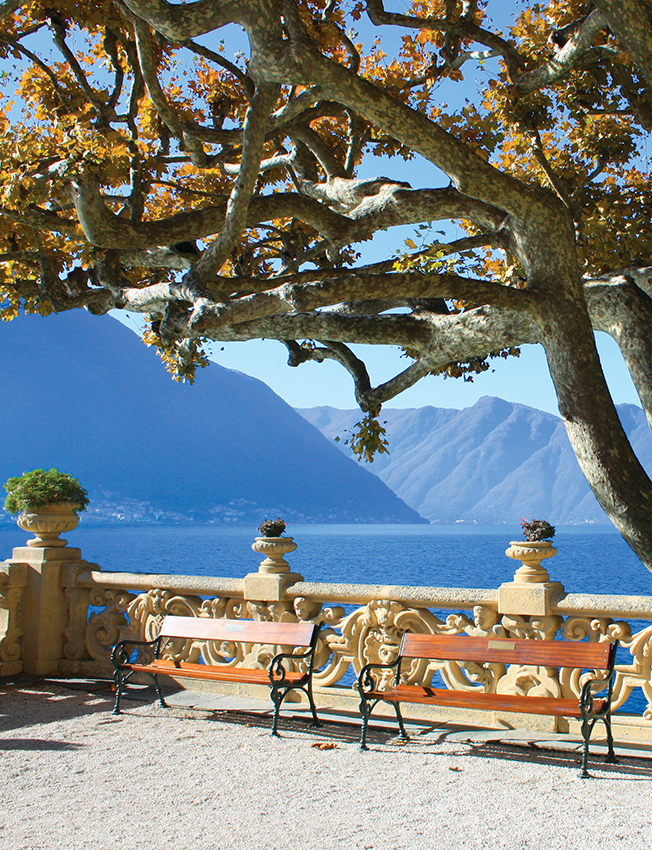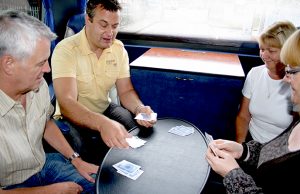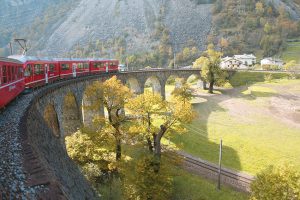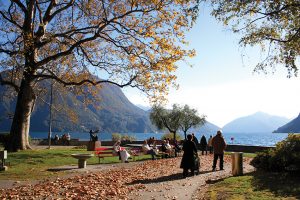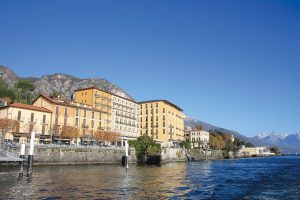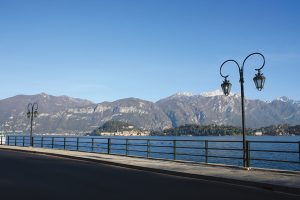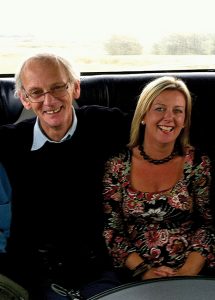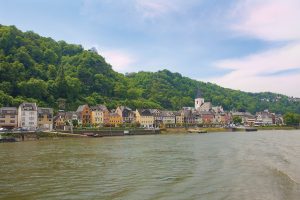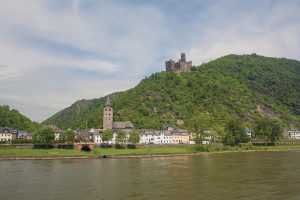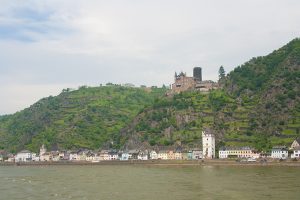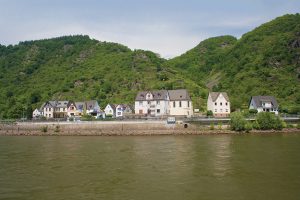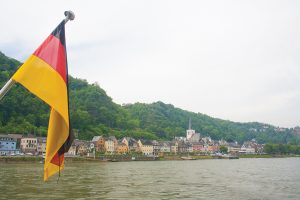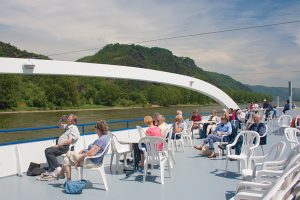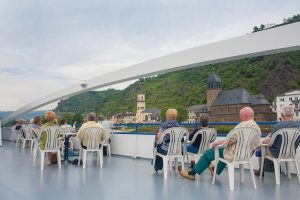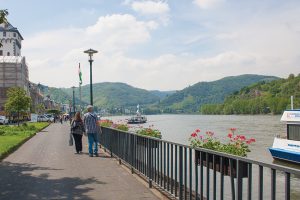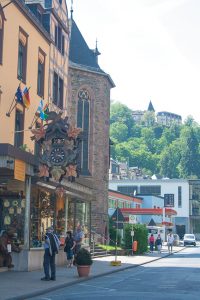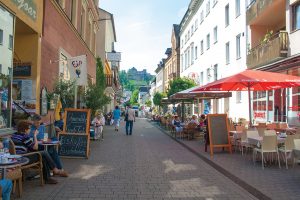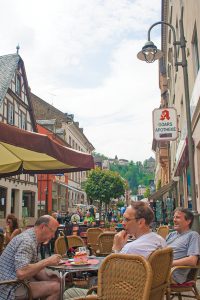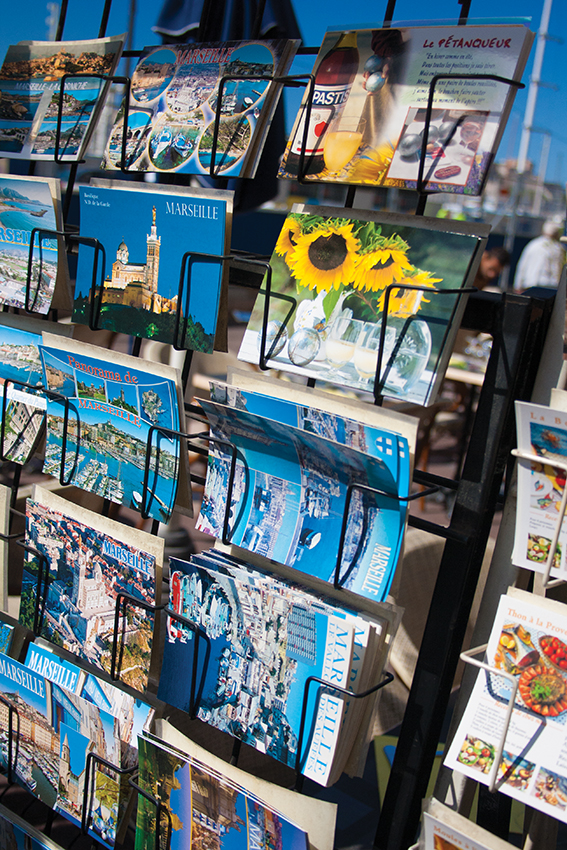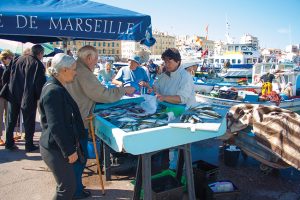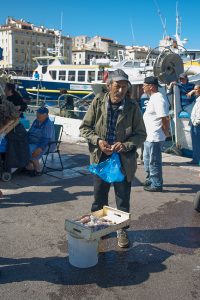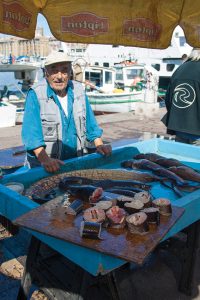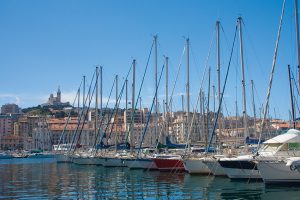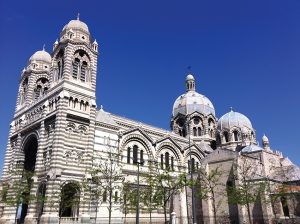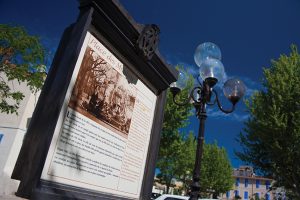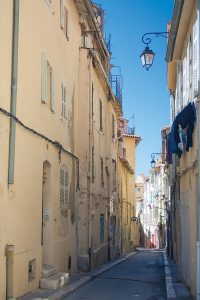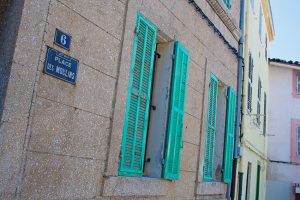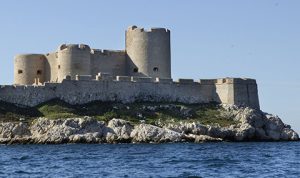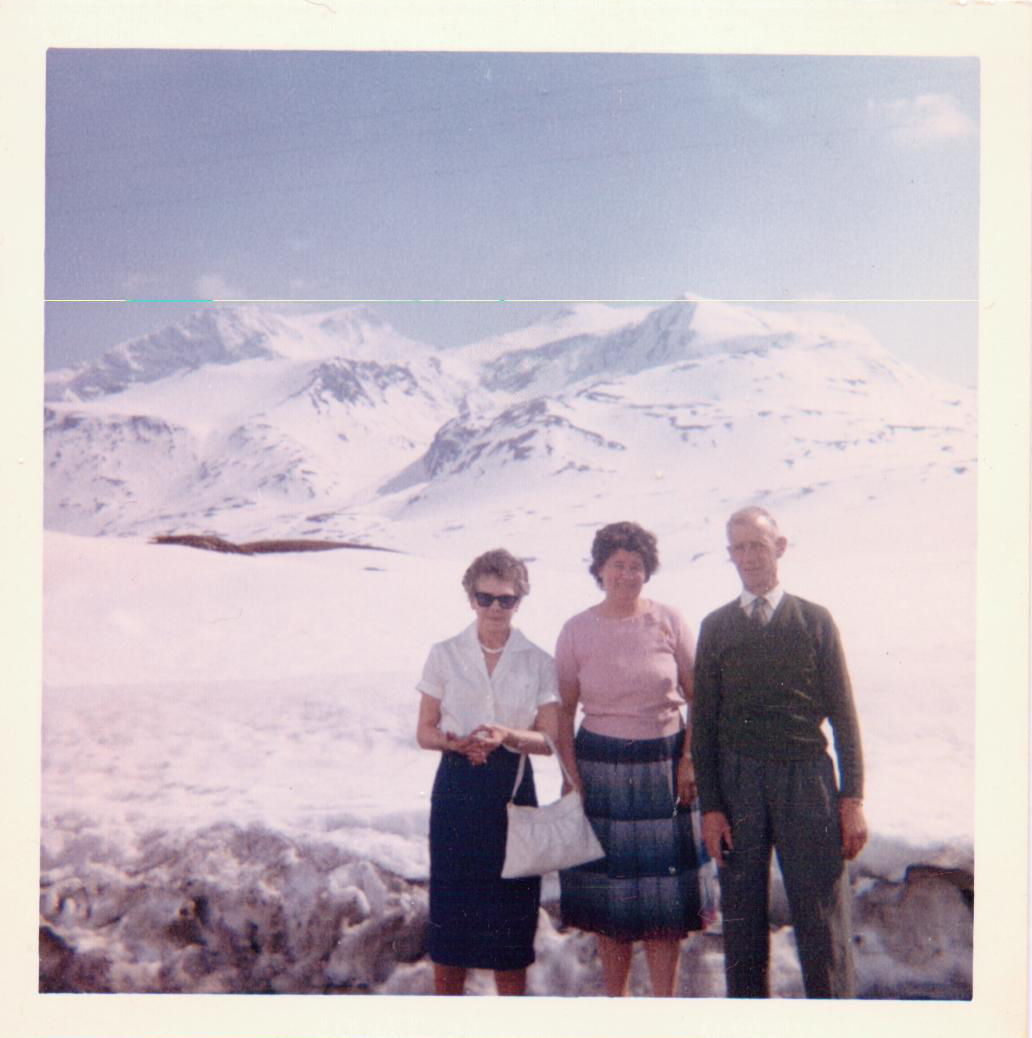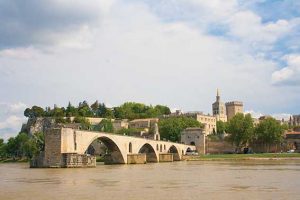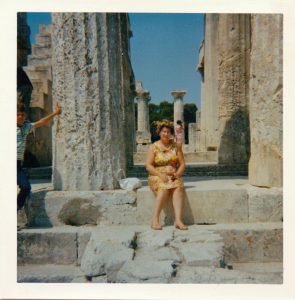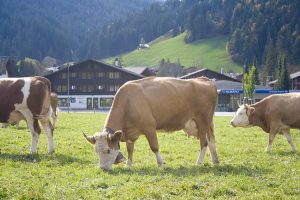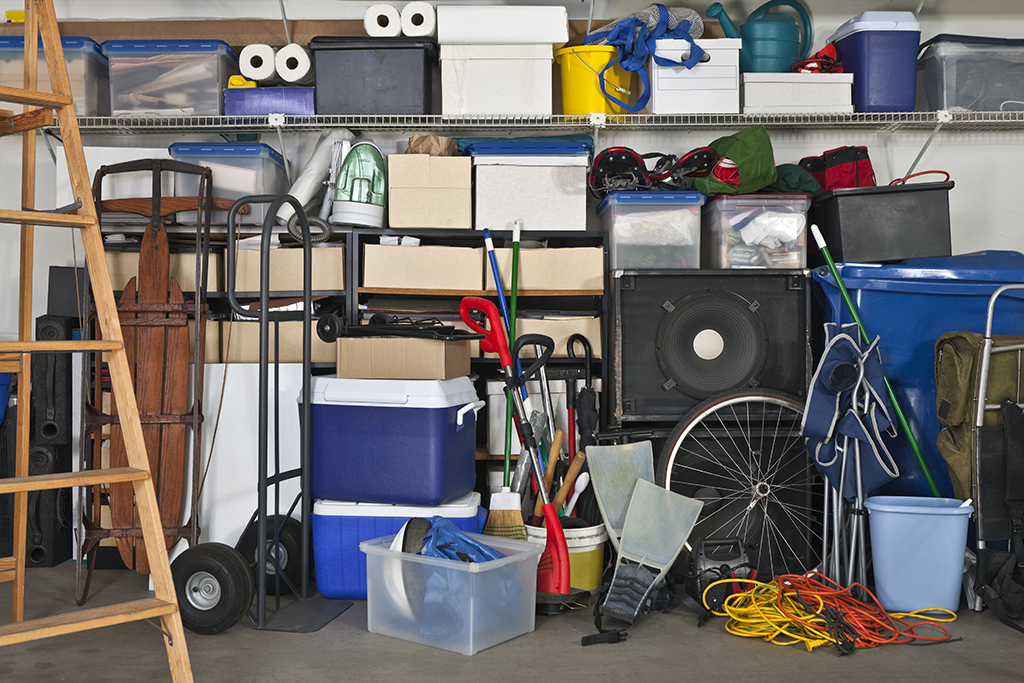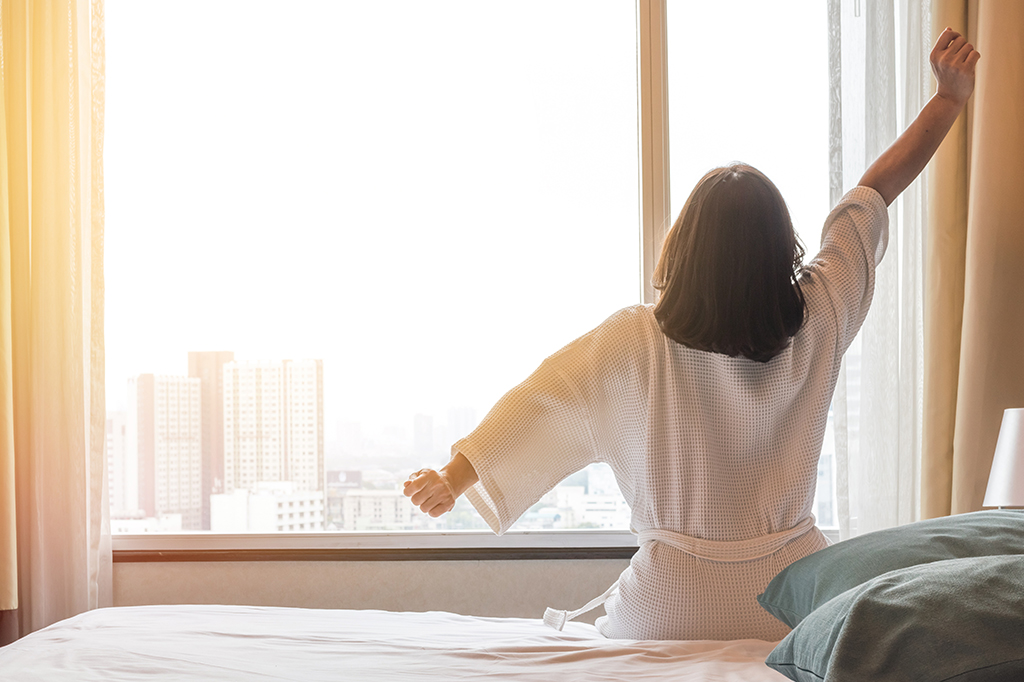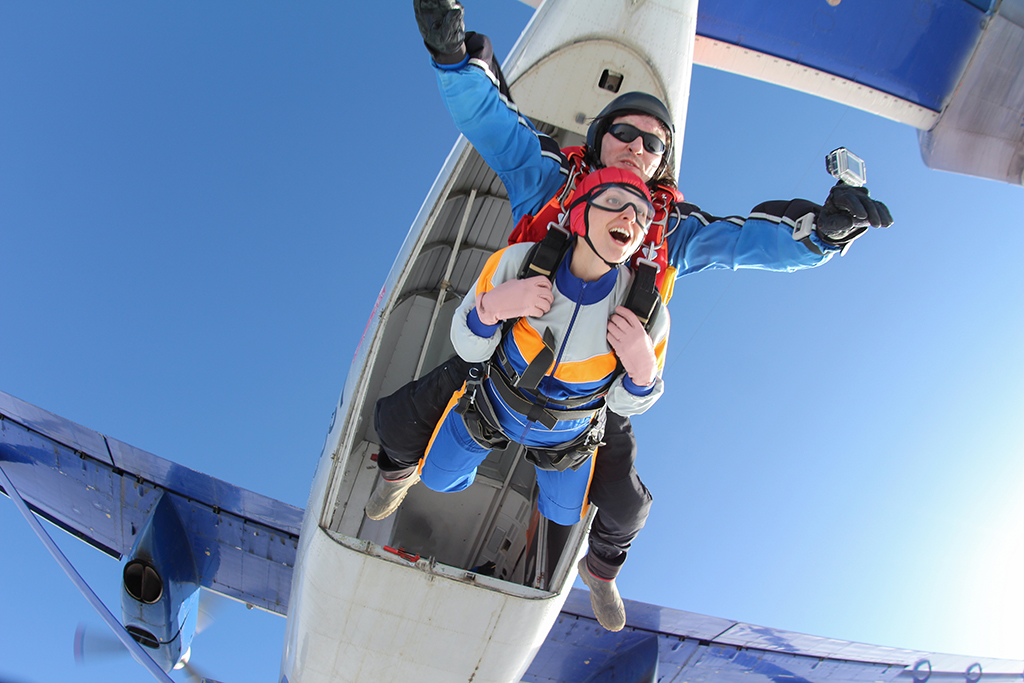If you’re craving your next holiday but short of time, on a budget or you just fancy a change of scene for a few days, a short break is the answer.
Not only will you come back feeling better, you’ll feel as if you’ve been away longer than you have. When we’re away from our daily lives, we become much more aware of our surroundings, and, as a result, come home with many more memories than the same period spent at home. Research has also shown that holidays are great for our mood, reducing our stress levels, increasing our energy levels and generally making us feel better. And these benefits can continue after we return. So holidays are good news all round!
Seizing the day (or four)
Seizing the opportunity to travel whenever I can (and since I’m ‘otherwise engaged’ from 9-5 each day), I decided to make the most of the four-day Easter weekend. People travel for all different reasons, and for me, this short break would mean doing something different than if I was at home. I wanted to visit somewhere I’d never been before… so where would I go?
Just a couple of hours’ drive from Calais is the charming town of Honfleur. I didn’t really know to much about the place, but it always looked really pretty in the photos I’d seen, so I decided to go and see it for myself.
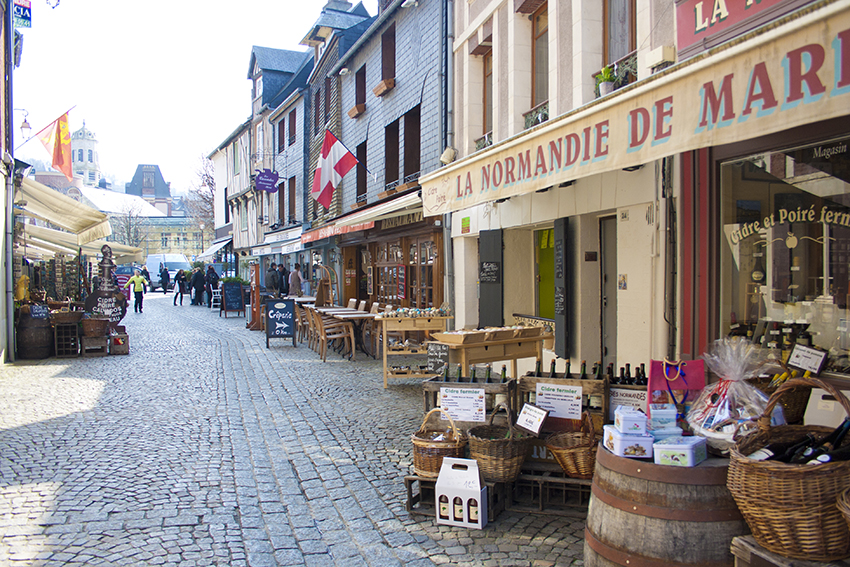
A place in history
Walking along the narrow, cobbled streets, I made my way to Honfleur’s port, known locally as Vieux Bassin in the heart of the town. The port is bordered on three sides by large, stone houses around one side (Quai Sainte Etienne) and tall, narrow buildings on the other (Quai Sainte Catherine). It had been ‘the coldest March for 50 years’ in England and France wasn’t much warmer, but the sky was blue and the sun was shining, so the temperature didn’t seem to matter.
At the port’s entrance is the Lieutenancy building (la Lieutenance). This old, stone building was used as residence by the king’s lieutenant, the governor of Honfleur, until the French Revolution and it’s also what remains of a little fortified castle which formed part of the town’s original, 11th-century ramparts.
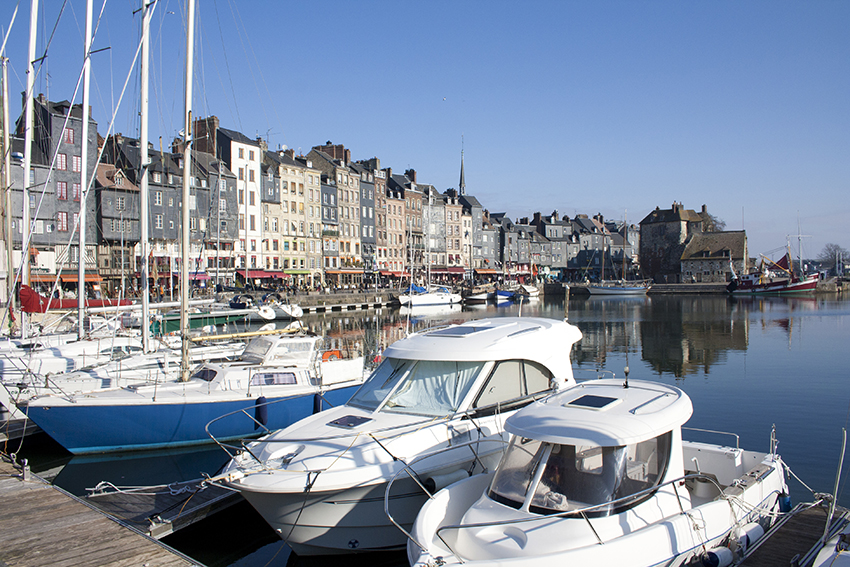
This town is famous for inspiring the work of many artists, including Monet, Courbet, Boudin and Sisley on account of its ever-changing light, and walking around the streets there are galleries and artists’ studios everywhere.
Many years ago, Honfleur’s shipyards were among some of the best in France, and you can see the skills of the local shipbuilders inside the town’s most famous building – the Church of Sainte Catherine – the ceiling of which resembles the hull of an overturned ship. Today, this building is the oldest and largest wooden church in France. The square in which the church stands (just a short walk from La Lieutenance) was bustling on the day that I was there, with a large, lively market selling local produce: a huge range of really strong-smelling cheese, meat, seafood, fruit and vegetables, plus ciders and Calvados – the apple brandy native to this area.
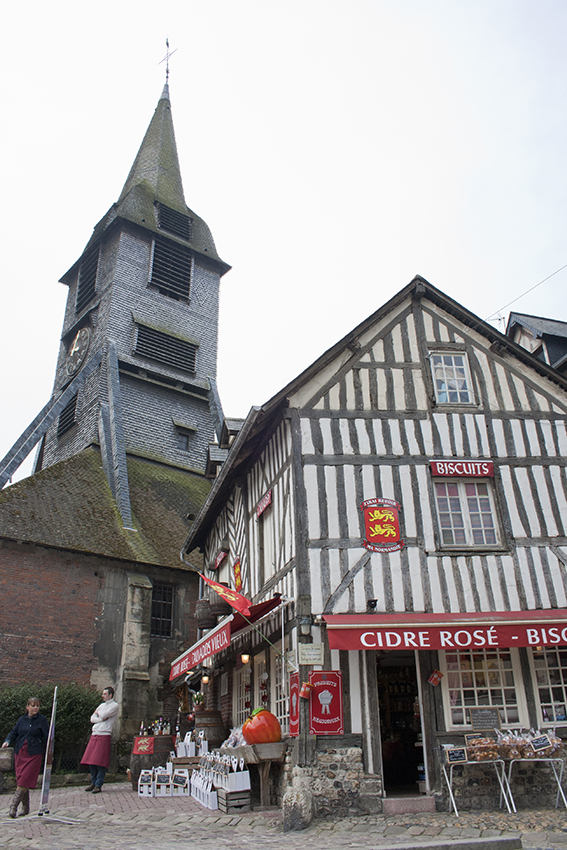
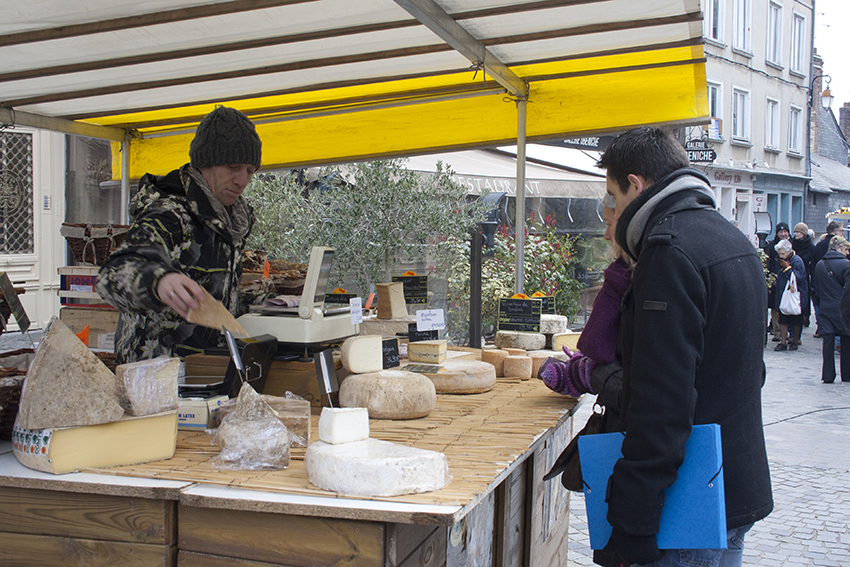
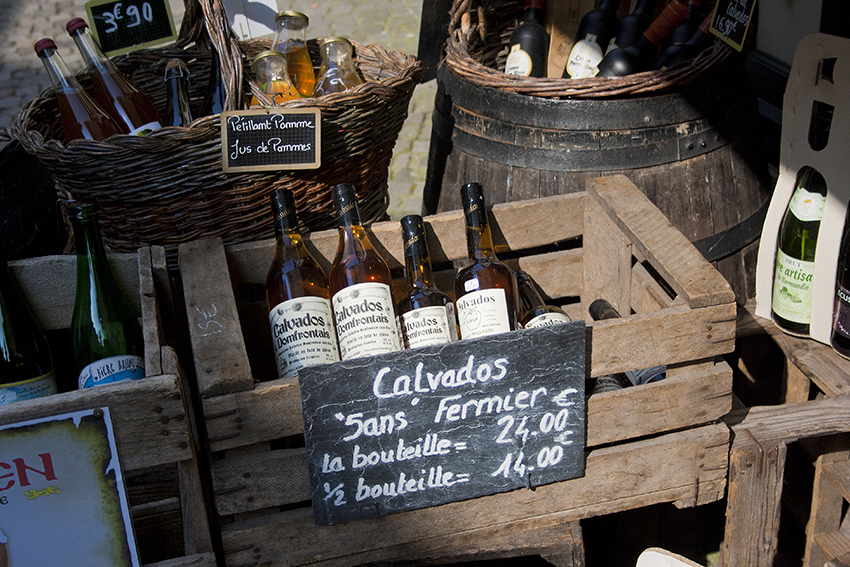
In one of the little shops, the old man in there handed me a couple of samples of Calvados to try – one which said 10 ans on the bottle – ten years old – and another one which was ’12 ans’. He showed me how I should swirl the drink around to coat the glass before sipping it (although before he got to that part I’d already gulped it all down, to his cry of “sacrilèdge!”). It was very nice, and very warming on such a cold day!
Continuing my stroll around the historic old port, along Quai Sainte Etienne was a small church – Church of Sainte Etienne – Honfleur’s oldest church and today, the Maritime Museum. The small building houses an important collection of engravings, carvings, various maritime memorabilia and model ships, all providing an insight into Honfleur’s sea-faring past.
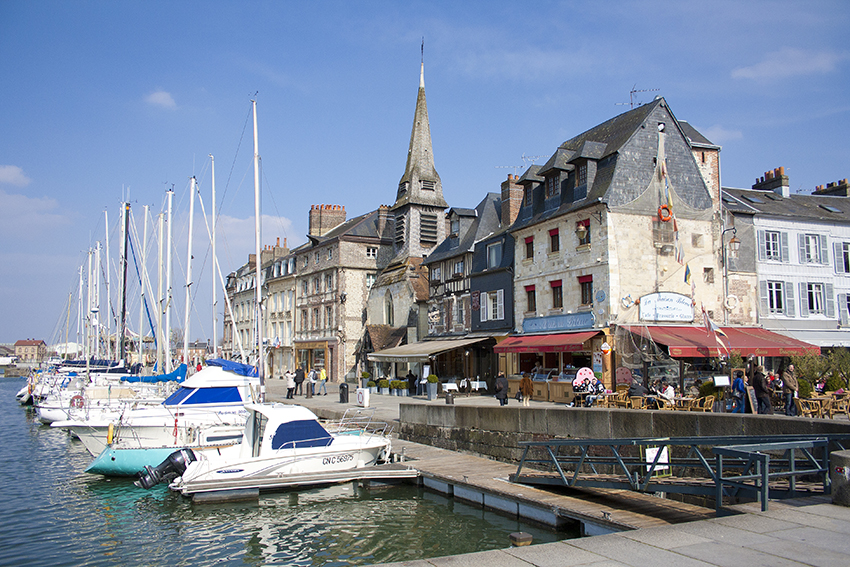
A sample of Calvados, a ‘crispy mister’ and a French lesson, all in one visit
Later, sitting enjoying the spring sunshine, I noticed how narrow and tall the buildings opposite, along Quai Sainte Catherine, really are. Some of them can’t be more than 8 or 9 feet wide, and, not only do they appear squeezed together, they’re also different heights and widths, some standing further out than others, and with the window levels changing from building to building. Apparently, not only are they different in size and shape, they also have two ground floors: one that opens out onto the quay and another, half-way up, which opens onto the street behind. And, even more peculiarly, because of the structure of the houses, each house is apparently privately-owned by two different householders.
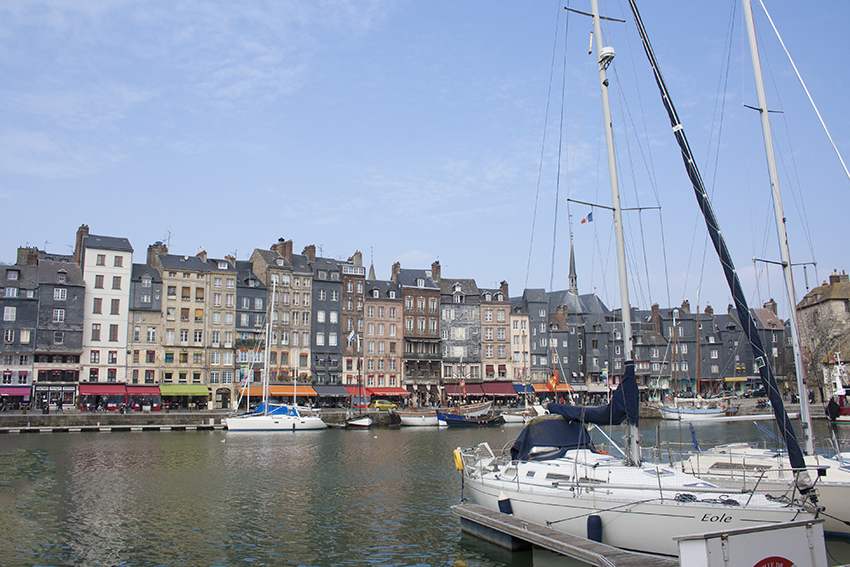
Down on street level, the buildings’ colourful canopies – orange, red, yellow, pink – were flapping in the breeze and below them, the cane chairs and small tables were full of people enjoying the views as others strolled along the quayside.
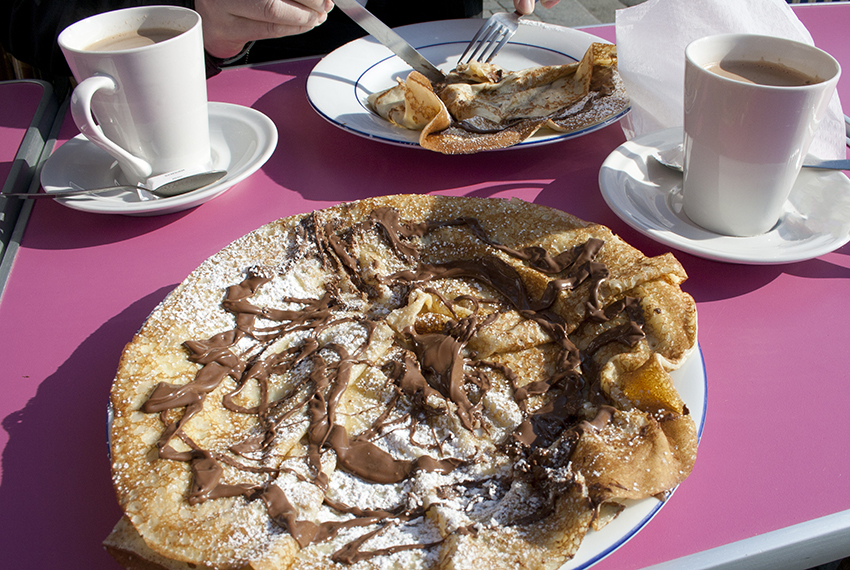
As I sat in a little café along Quai Sainte Etienne, all around me people were enjoying an aperitif or tucking into crêpes or gaufres (waffles), drizzled with Nutella or strawberries and piled high with whipped cream.
For me also, it was time, to sample some more French cuisine. I ordered the very-French Croque Monsieur (which translated simply means ‘crispy mister’). It may just be a cheese and ham toasted sandwich, but it was délicieux! I even got a brief French lesson thrown in – the waiter telling me “Non, non – it’s not boNjour… you say ‘bo(n)’… without pronouncing the ’n’… you have to get the accent right!”
Have you been to Honfleur? Share you stories with us.
Or you could visit Honfleur on Leger’s Rouen and the Seaside Towns of Normandy short break.
There are lots more short breaks to choose from… click here to find out more.

